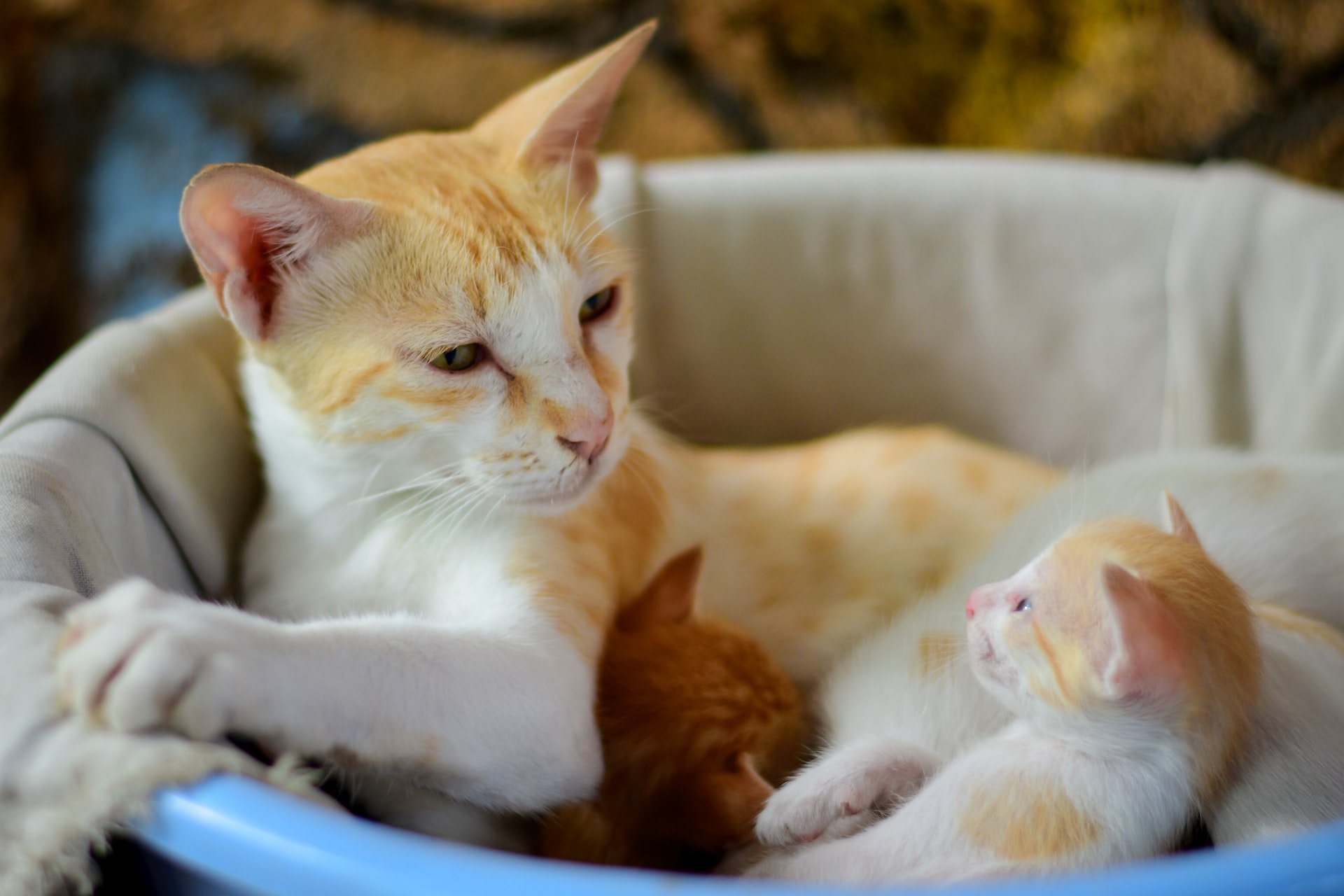Cats are beloved by many for their playful, affectionate, and independent personalities. Unfortunately, as cats age, they may experience limited mobility due to age-related conditions or injuries. Limited mobility can be a source of difficulty for cats and their custodians. Yet, some measures can be taken to guarantee your furry companion is as contented and vigorous as can be. This article will provide tips for caring for cats with limited mobility.
Identifying Limited Mobility in Cats
The first step to caring for a cat with limited mobility is identifying when mobility issues have arisen. Cats may experience limited mobility due to age-related conditions such as arthritis, degenerative joint disease, or spinal cord issues. Injuries or trauma can also cause limited mobility. If you notice your cat is having trouble getting around, it is important to take them to a veterinarian to determine the cause.
Creating a Comfortable Environment
Once you have identified the cause of your cat’s limited mobility, you can create a comfortable environment for them. First, it is important to ensure your home is free from obstacles your cat may struggle to navigate. This may include moving furniture to make pathways easier to access or providing ramps or stairs to help them get onto furniture or other elevated surfaces. It is also important to provide plenty of comfortable sleeping areas and ensure your cat’s litter box is easily accessible.
Providing Physical Support
When providing physical support for your cat, it is important to be gentle and supportive. For example, you may need to help your cat navigate stairs or allow them into their litter box. In addition, it is essential to take extra care when picking up your cat, as they may be more fragile than they were in the past. You can also purchase or make adaptive devices such as wheelchairs or slings to provide additional support.
Adapting Your Cat’s Diet
Cats with limited mobility may have difficulty accessing their food or have difficulty chewing and digesting food. To help your cat maintain a healthy weight and get the nutrients they need, it is important to provide them with easily digestible food. You can also offer them wet food as it is easier to chew and digest. It is also important to ensure your cat gets plenty of water and that their food dishes are easily accessible.
Exercising Your Cat
Despite their limited mobility, cats must still stay active. Therefore, you can offer them toys that do not necessitate vigorous effort. This may include interactive toys, treat balls, or feather toys. You can also provide your cat with plenty of cuddles to help them stay active and engaged.
Providing Mental Stimulation
Cats with limited mobility may become bored or frustrated due to their inability to move around as freely as they used to. To help combat this, it is important to provide your cat with plenty of mental stimulation. This may include providing them with interactive toys, playing music, or giving them access to windows or other sources of natural light.
Conclusion
Caring for a cat with limited mobility can be challenging, but ensuring your feline friend is as comfortable and healthy as possible is important. By creating a comfortable environment, providing physical support, adapting your cat’s diet, exercising your cat, and providing mental stimulation, you can help your cat enjoy a happy and healthy life despite their limited mobility.
